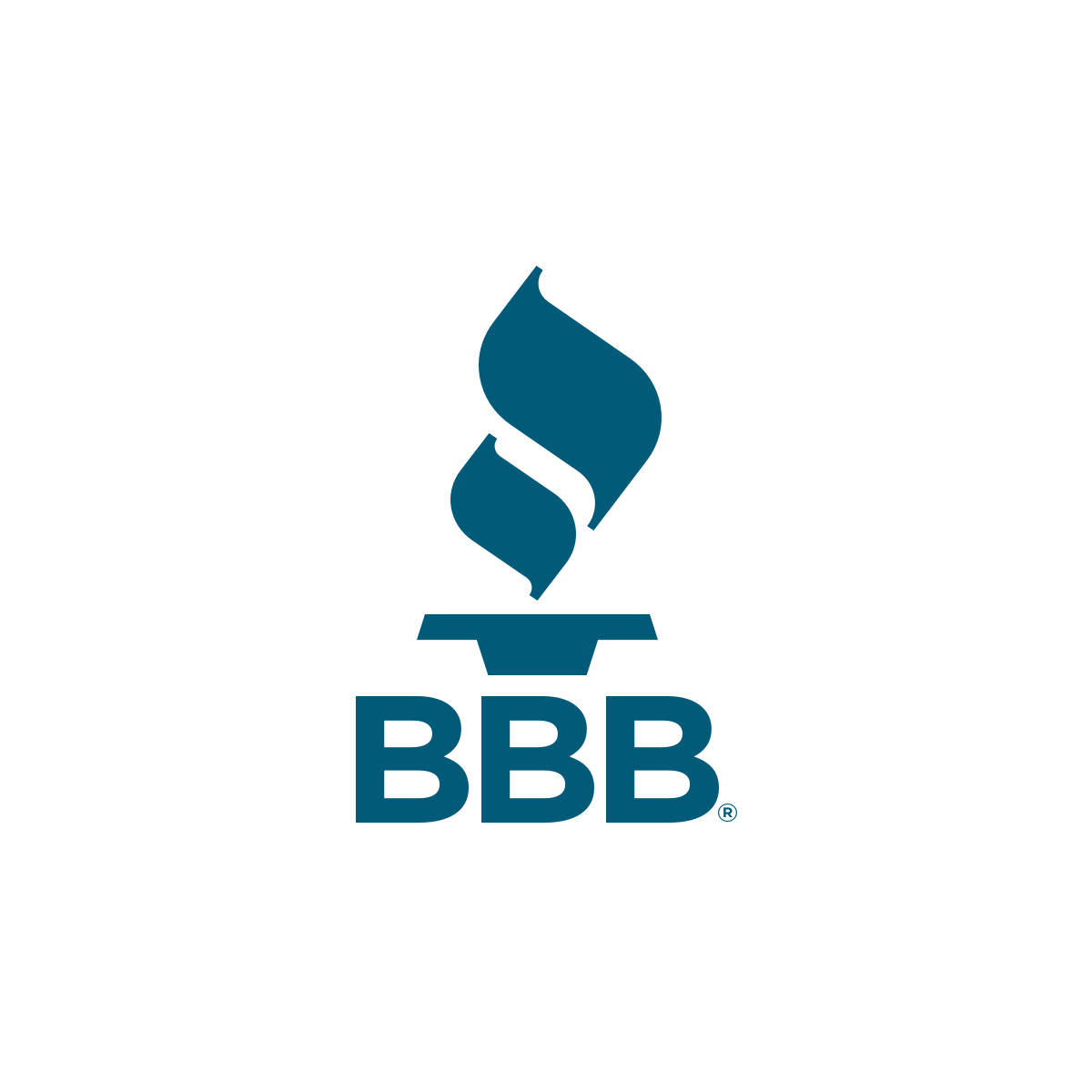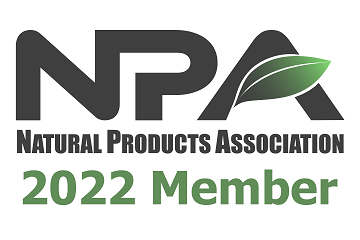In this article, we will be discussing ingredients and how they impact Halal production of non-meat foods and beverages. In the context of this article, the word “ingredient” is used very broadly to include ingredients, additives, processing aids (used in the production process but not present in the final product), filters, enzymes, spices, flavorings, preservatives, microbial products and byproducts, and even primary packaging materials.

When most people think of Halal, images of steaks, burgers, gyros, and shawarma might come to mind. People often confine their thoughts on the topic strictly to meat, and to the harvesting activities of slaughterhouses (abattoirs). Meat contributes significantly to the Halal economy, with a global spend on Halal food and beverages growing at 6.1% per year and forecast to reach $1.9 trillion by 2023 (Thomson Reuters). However, a lesser-known segment of the Halal food industry involves the production of Halal non-meat foods and Halal beverages. While this segment of the US and Canadian food and beverage industry has flown under the radar for years, over the last two decades it has been growing rapidly due to a number of factors.
One such factor is an increasing awareness among Muslim consumers as to the complexities of the ingredients in the foods they eat. While nutrition labels can clearly inform the consumer what is in their food, they can often create more questions than answers. Processed foods contain lists of very complex ingredients with origins and production methods that are not always clear. For the average Halal consumer, this creates confusion as to whether or not the product is Halal and therefore fit for them to consume.
For producers, lacking Halal certification for such products is a deterrent to the sizeable and rapidly growing Muslim consumer demographic, both within and outside of North America. Producers should look at Halal certification of their non-meat food and beverage products as an opportunity to grow their brand among Muslim consumers, and some already are. The Halal ingredient industry was valued at $40.17 billion in 2017 and is projected to nearly double by 2026, reaching $77.47 billion per year. This is just a portion of the total global Halal economy which encompasses food and beverages, cosmetics, personal care products, pharmaceuticals, ingredients, nutritional products, feed, fertilizers, chemical products, packaging, and other sectors.
Halal concerns do not stop at the shipping dock of a slaughterhouse. They do not even need a slaughterhouse to be present in the production chain. Whether people know it or not, a lot of the non-meat foods we eat and many of the beverages we drink either contain ingredients of animal origin or they contain ingredients that were processed using enzymes or processing aids of animal origin. Any random beverage or highly processed non-meat food product presents as much of a risk to Halal-minded consumers as a package of non-certified meat.
Generally, a beverage product or a non-meat food product (either raw or cooked) should be certified Halal, with Halal certification being necessary for certain high-risk products such as cheese. Not all ingredients need to be Halal certified, but they must all be checked by an internationally accredited Halal certification body in order to determine if they are Halal compliant. Certain ingredients are of particular concern. This includes ingredients of potential animal origin, those that could have been produced utilizing processing aids of possible animal origin, and ingredients that make use of ethanol in some way.
Ingredients that potentially contain or make use of ethanol in their production process and those that are either of animal origin or that can potentially be of animal origin must be Halal certified. This can be particularly sensitive with cooked (or highly processed raw) products, containing ingredients that have been produced with the assistance of enzymes. Enzymes are of special concern and always require Halal certification before the finished product can be certified. Similar in commonality, generic terms such as “natural flavors”, “artificial flavors”, “spices”, “spice extractive”, and “spice blend” can be found on ingredients labels. These are typically proprietary ingredients and trade secrets that the producer does not want to make public due to valid competitive concerns. However, for the purposes of Halal certification, it is vital for such ingredients to be checked by the Halal certification body. The sensitive nature of proprietary ingredients is well understood by Halal certification bodies, and legitimate internationally accredited bodies are required to maintain strict confidentiality protections on all client data. Even if the consumer cannot know what the proprietary ingredient consists of, they must at least have the confidence and comfort in knowing that the trusted Halal certification body has properly checked and cleared the ingredient in question.
Most people would understandably overlook certain products like bread, baked goods, candies, juices, and dairy products as being risky for Halal consumers, but they are. From a Halal standpoint, examples of ingredients to warrant concern include:
- Mono and diglycerides
- Gelatin
- L-cysteine
- Sugar
- Carmine
- Chondroitin
- Adenosine monophosphate (5′-adenylic acid)
- Docosanol (behenyl alcohol)
- Calcium stearate
- Glycerin/glycerol
- Anything containing ethanol, including extracts such as vanilla extract (however ethanol has unique complications as various Halal standards deal with ethanol differently, with some permitting ethanol to be present in the finished product if it is below a certain percentage, or prohibiting it if it originates from a certain process).
- Others include any enzyme that can potentially be of animal origin. Even fertilizers, food-grade coatings, and linings in primary packaging can impact the Halal nature of products, thus requiring Halal certification for raw fruits, vegetables, grains, pulses, and nuts.
Halal certification is a sticking point for a vast variety of products on the market, meat and non-meat. The risks are palatable. It is important to examine a few of the previous examples more closely.
Mono and diglycerides are glycerides that can have either an animal or plant origin. They are commonly used in a wide range of non-meat foods as emulsifiers, though they also have other uses. Examples of food products that contain such additives include bakery products, margarine, beverages, and ice creams. If they originate from an animal source, the animals must be permissible animals according to the Halal requirements; and they must have been harvested according to the Halal slaughtering and processing requirements.

Gelatin is a commonly used food additive in the production of candies, desserts, and snack products. However, many consumers would be surprised to know that gelatin is also used in the production of some peanut products. Likewise, it is used as a stabilizer, texturizer, and thickener as well as a clarifying agent in the production of many food and beverage products that the average consumer would not normally associate with gelatin. This includes clear fruit juices, cultured dairy products, and even breads. Of course, gelatin is also relevant to other sectors beyond the food and beverage industries, including the manufacture of Halal pharmaceuticals and nutraceuticals. Non-Halal gelatin commonly originates from porcine sources, but it can also originate from non-Halal bovine bones and hide splits (that is, bovine sources that did not undergo Halal slaughter). Halal sourced bovine bones and hide splits, as well as the gelatin of fish origin is considered Halal certifiable. There is also an algae-derived gelatin substitute called agar (agar-agar) for vegan consumers which in certain instances can be certifiable to Halal standards, as well. Porcine gelatin is much easier to manufacture than gelatin of bovine origin which makes it more economical. However, the increase in interest in marketing towards Muslim consumers has put Halal-certified gelatin of bovine or fish origin on the radars of more and more processors. As gelatin is such a ubiquitous substance, commonly derived from non-Halal sources, it is considered an extremely high-risk ingredient from a Halal standpoint; and Halal certification is required.
L-cysteine is an amino acid that is used in the food, pharmaceutical, and personal care products industries. It can be used in the production of flavors and as a processing aid in baking, among other uses. Industrial production of L-cysteine derives the amino acid from hog hair. Other potential sources include poultry feathers and even human hair (banned as a source in Europe). Muslim consumers commonly hold the belief L-cysteine originates from non-Halal sources, including human hair, and will thus avoid any products that could have been produced using non-Halal certified L-cysteine. Some Muslim authorities do not approve of L-cysteine even if it originates from poultry feathers. Other Halal authorities will accept it if it originates from Halal-certified birds. L-cysteine of synthetic origin is more expensive than other sources, however, it satisfies Halal requirements. L-cysteine is an ingredient that must be Halal certified or it cannot be used to produce a Halal product.
Sugar is an extensively used ingredient in many food and beverage products. It is also purchased directly by the consumer for use in the home. Its potential uses and applications are almost beyond count. Sugar, particularly white sugar, utilizes bone char in the refining process. The bone char can potentially originate from porcine animals or from animals that are normally permissible, such as steers, but which were not harvested according to Halal requirements. Thus, despite its plant origins, not only is sugar not necessarily a vegan product but it is potentially not Halal. Therefore, whether it is used as an ingredient in further processed foods and beverages or sold directly to the consumer, it is very important for sugar to be Halal certified.
Carmine is a colorant widely used in the production of food and beverage products, as well as in other industries related to these fields. Harvested from the cochineal insect, carmine is accepted as Halal by some opinions; however, it is not approved as a Halal-compliant colorant by many Muslim countries and many Halal consumers do not accept it as being Halal. The use of carmine in Halal products is therefore risky to the producer and the reputation of their products unless they know with certainty that the Halal authorities of the destination market have approved carmine as being Halal-compliant.
Just because something is vegan does not necessarily make it Halal. Thus, it is important to address the topic of ethanol which is not limited to products and byproducts of animal origin. Ethanol is a chemical that is commonly used in the production of food and beverage products and in the production of ingredients that are used in the food and beverage industry. Manufacturers can face real confusion when it comes to ethanol because there are serious differences in the way ethanol is dealt with by different Halal standards and different Muslim countries. There are Muslim consumers who hold that ethanol and anything it touches is considered as inherently impure or unclean.
The Arabic term for this concept of what essentially amounts to inherent impurity is najis. According to the strictest views on Halal, any food or beverage that either contains ethanol or that is produced on machinery and equipment that also comes into contact with ethanol is not Halal. This extends to products derived from ethanol, such as all vinegar. And of course, it includes many other ingredients, such as extracts. An example of this are extracts, such as vanilla extract, which due to the FDA definition of “extract” will always contain ethanol. This has become an obstacle to many companies that wish to produce Halal products utilizing vanilla flavor. Such prohibition also extends to the ethanol used in pharmaceutical products, personal care products, and cosmetics, thus affecting Halal manufacturing in those industries. However, it is important to note that such a restricted view on ethanol is not the mainstream view.
Not all Halal standards and regulations deal with ethanol in the same way. Some standards and some Muslim countries allow ethanol to not only be present in the ingredients but also in the finished product if it does not exceed a specific limit as a percentage of the final product. Some put limits on how much ethanol can be present in constituent ingredients and they even prohibit the deliberate addition of any ethanol in the production process. No matter the Halal standard being referenced, the source of the ethanol is very important. If ethanol originates as a product or byproduct of the alcoholic beverage industry, then it is never permitted. It does not matter how minuscule the amount is. In Arabic, this industry and its products are referred to as al-khamr. If the ethanol, or the products being derived from the use of the ethanol, originates in some way from al-khamr, then it is not Halal compliant under any circumstances. To illustrate an example, many Muslim countries consider vinegar, and products made utilizing vinegar, to be certifiable as Halal so long as the vinegar was not derived from al-khamr. This means that red wine vinegar and white wine vinegar cannot be certified as Halal and thus their use in Halal products is prohibited.
While the focus of this article is on non-meat food and beverage products, it is important to also briefly mention further processed products that contain meat as a component. In the case of a further processed meat product, it must also be certified separately from the slaughter process. Every step in the production chain has its own weak points with regard to Halal integrity and compliance. The slaughtering conditions of the animals/birds are not the only thing of concern. The ingredients that are added to the processed product, including spices, seasonings, injections, brines, marinades, broths, breading, smoke, cure, preservatives, and other additives or processing aids are all of the potential concern from a Halal perspective.
What the various preceding examples illustrate is that ingredients that seem innocuous to the average consumer are absolute of concern when it comes to Halal processing. Halal certification of both the ingredients and the finished products is necessary to determine whether they are compliant with Halal needs and to give the consumer strong confidence in the Halal integrity of the final product. Furthermore, it is important for processors to realize that there are various, and sometimes conflicting, Halal requirements, standards, and regulations. The market to which they want their products to be shipped will play a very important role in determining how they should proceed in setting up their Halal line. Finally, manufacturers and exporters need to be aware of the increasing importance of reliable third-party Halal certification from an internationally accredited Halal certification body and how such certification can aid benefit their growth.
The global Halal economy is of significant economic importance based on the numbers presented in various industry studies and reports. It will become one of the key markets in the 21st century and the Muslim demographic, which is set to make up almost a third of the total global population by 2050 (Pew Research), will be one of the most important consumer demographics for producers. The bottom line is that, in order for agricultural producers, food and beverage manufacturers, processors, and exporters to really take full advantage of the opportunities of the Halal economy and to establish brand recognition among the broad Muslim consumer demographic, Halal certification of their products is an absolutely critical component of success.
References
- Coherent Market Insights: Halal Food Market – Size, Share, Outlook, and Opportunity Analysis, 2019 – 2027
- Global Information, Inc. Research: Food & Drink Market Report Catalog August 2019
- MarketsandMarkets: Halal Ingredients Market by Type (Ingredients for Food & Beverage Industry, Ingredients for Pharmaceutical Industry, Ingredients for Cosmetics Industry), Application (Food & Beverage, Pharmaceuticals, and Cosmetics), and Region – Global Forecast to 2025
- Pew Research: https://www.people-press.org/2011/08/30/section-1-a-demographic-portrait-of-muslim-americans/#number-of-muslims-in-the-u-s
- Pew Research: https://www.pewresearch.org/fact-tank/2016/01/06/a-new-estimate-of-the-u-s-muslim-population/
- Pew Research: https://www.pewsocialtrends.org/2007/05/22/muslim-americans-middle-class-and-mostly-mainstream/
- Pew Research: The Future of World Religions: Population Growth Projections, 2010-2050
- Statistics Market Research Consulting Pvt Ltd: Halal Ingredients – Global Market Outlook (2017-2026)
- Thomson Reuters: State of the Global Islamic Economy Report 2018/2019




Comments are closed